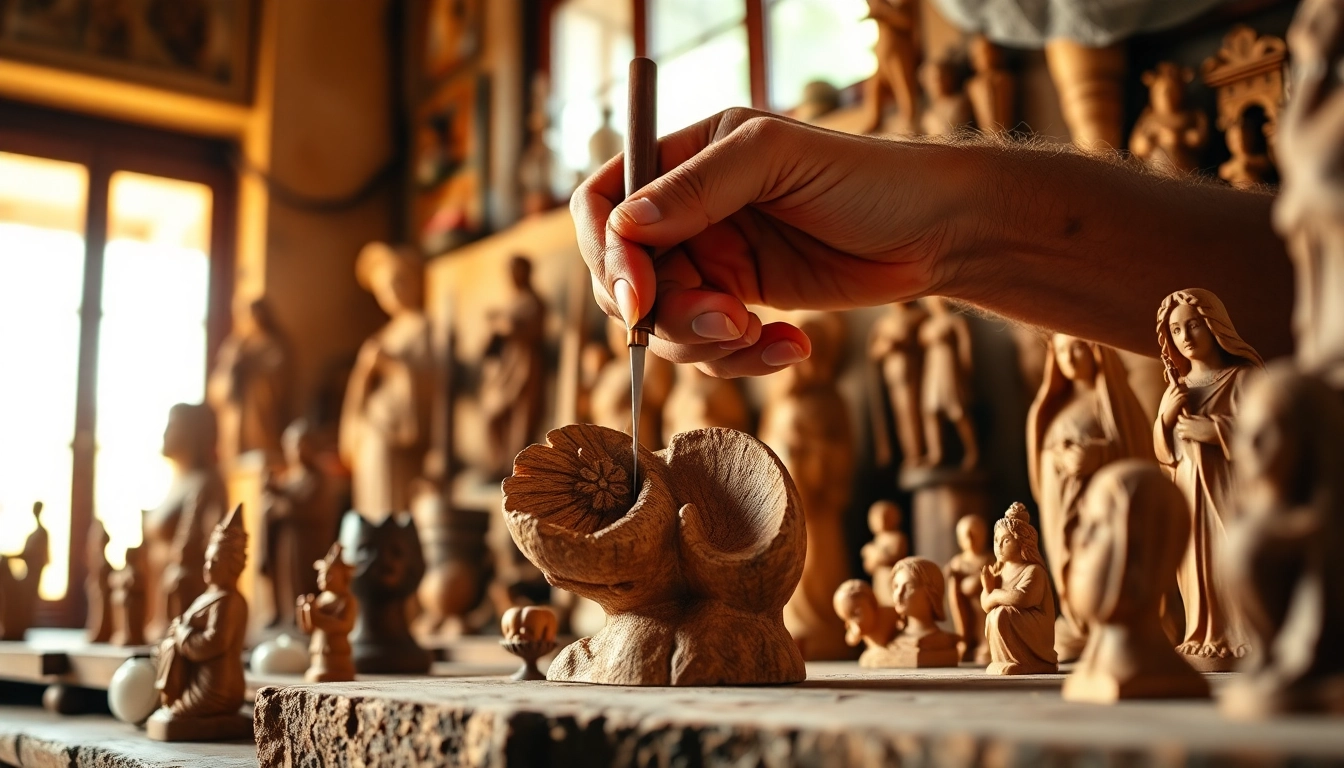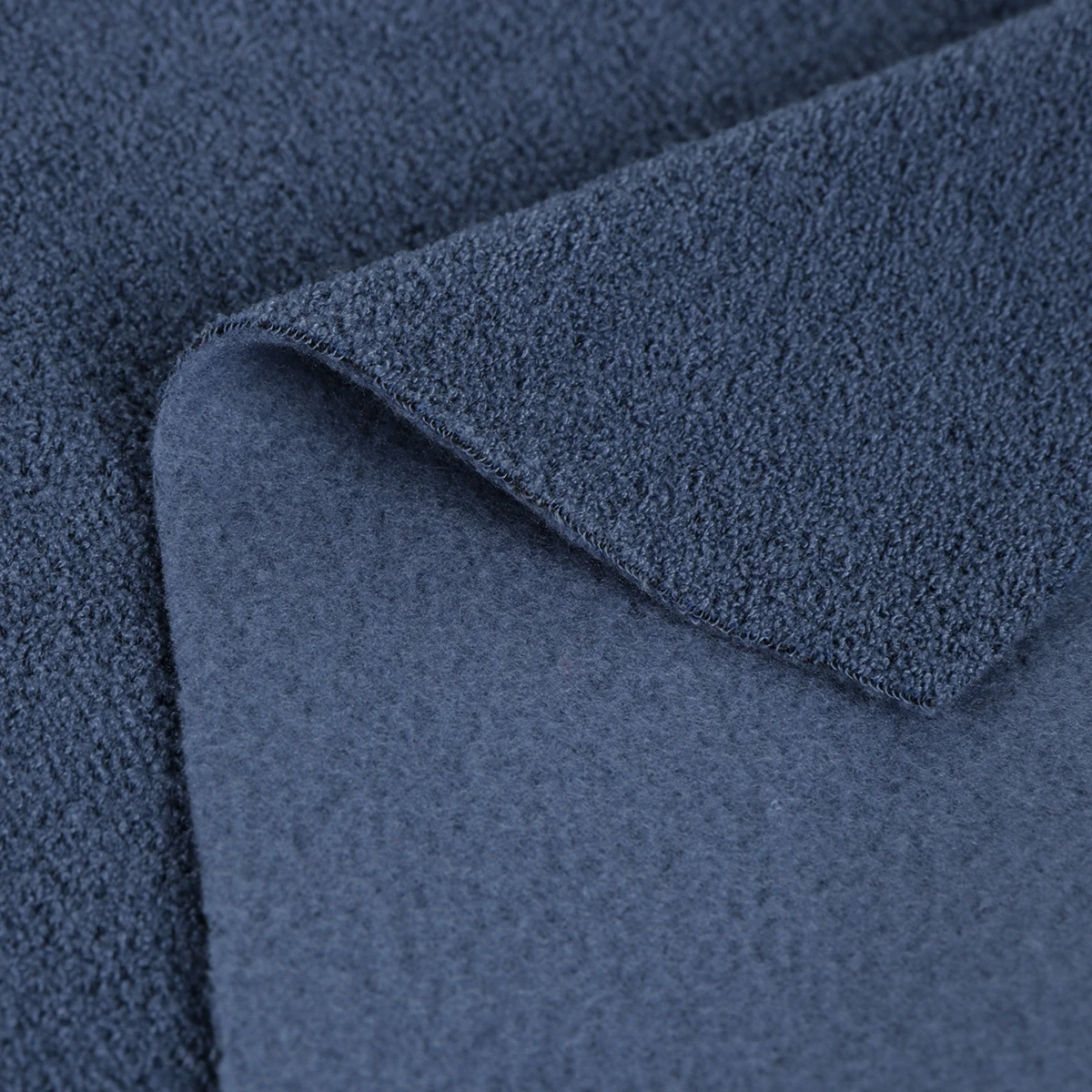
Understanding Olive Wood Carvings
Olive wood carvings are exquisite pieces of art crafted from the wood of the olive tree, a species that is prominently grown in the Mediterranean region, particularly in areas like Palestine, Israel, and Jordan. This ancient practice not only has artistic merit but also carries immense cultural and spiritual significance. The artistry involved requires a deep connection to traditional craftsmanship, and today, these items serve various purposes, from functional kitchenware to beautiful sculptures. If you’re curious about Olive wood carvings, you can discover a variety of options right here: Olive wood carvings.
What Are Olive Wood Carvings?
Olive wood carvings are art pieces created from the richly grained wood of olive trees. The careful selection of raw wood usually comes from old or pruned olive trees, and artisans take great care to utilize every part of the tree. These carvings can take various forms, including religious figures, decorative objects, and functional kitchen items such as bowls and utensils. The beauty of olive wood lies in its unique patterns and shades, ranging from light tan to dark brown, which can enhance any setting or décor.
The History of Olive Wood Carving
The tradition of olive wood carving dates back centuries, with origins linked closely to the Christian communities in Palestine. Artisans have honed their skills through generations, preserving ancient techniques that are as relevant today as they were in the past. Historically, olive wood carvings were used in religious contexts, contributing to the spiritual narrative within churches and homes. Today, they continue to hold cultural importance while also appealing to a broader audience as unique art pieces, making them treasured gifts and keepsakes.
Significance of Olive Wood in Art and Culture
In many cultures, olive wood symbolizes peace, prosperity, and divine intervention. The olive tree itself is a resilient species that can endure harsh conditions, making it a metaphor for survival and faith. Each carving embodies not only the skill of the artisan but also the stories and traditions of the region’s history. In Christian tradition, olive wood pieces often depict scenes from the Bible, holding significant religious sentiment, particularly in the areas surrounding Jerusalem and Bethlehem.
Craftsmanship Techniques of Olive Wood Carvings
Tools and Equipment Used
The craft of olive wood carving requires a mix of traditional tools and modern equipment. Artisans typically use chisels, knives, and gouges of various sizes to carefully shape the wood. More advanced techniques may involve power tools for rough carving, while the delicate detailing is accomplished with hand tools. Sandpaper for smoothing and polishing tools also plays a role in achieving that perfect finish, enhancing the wood’s natural beauty.
Step-by-Step Carving Process
The carving process begins with selecting a suitable piece of wood, taking into consideration its grain patterns and structural integrity. After outlining the intended design, artisans gradually chip away at the wood, refining the shape and detail. This method relies heavily on patience and precision, often taking days or even weeks to complete a single piece, especially larger or more intricate carvings. Each stage—from rough cutting to detail work and finally sanding—requires careful attention and mastery of technique.
Finishing Touches: Staining and Polishing
Once the carving is complete, the finishing stages are crucial to achieving a polished and lasting exterior. Artisans typically apply oils or waxes to enhance the natural colors of the wood while also providing a protective layer. Some may choose to stain the wood, emphasizing its unique grain and creating a richer appearance. Final polishing with a soft cloth gives the carving a beautiful sheen, making it not only a piece of art but also a conversation starter or a center piece in any home.
Types of Olive Wood Carvings
Religious and Spiritual Figures
Religious carvings are perhaps the most recognized among olive wood artifacts. These range from detailed nativity scenes to crucifixes and sculptures of saints. Their significance often transcends aesthetics; they serve as spiritual reminders, cherished items in many Christian households. The craftsmanship involved reflects both the skills of the artisan and the deep faith of the communities they represent, making each piece a testament to the spiritual legacy of the region.
Functional Art: Olive Wood Kitchenware
Beyond decorative statues, olive wood is often transformed into functional kitchen items such as bowls, serving utensils, and cutting boards. These pieces are not only practical but also add a touch of elegance to culinary experiences. The natural antibacterial properties of olive wood make it a preferred material for kitchenware, as it resists odors and maintains its beauty over time with appropriate care.
Decorative Pieces and Memorabilia
Various decorative items made from olive wood, such as picture frames, keychains, and trinkets, serve as wonderful souvenirs or gifts. Their unique designs and the stories tied to each piece resonate with recipients, making them cherished memorabilia. This class of carvings allows artisans to exercise creativity, producing an array of designs that cater to diverse tastes and preferences.
Where to Buy Authentic Olive Wood Carvings
Local Artisans and Markets
For the most authentic olive wood carvings, visiting local artisans in regions like Bethlehem, Jerusalem, or other parts of the Holy Land is invaluable. Craft markets often feature stalls from skilled artisans where one can observe the carving process and purchase directly from the source. Interacting with artisans also adds personal stories to each piece, enhancing their value as keepsakes.
Online Retailers for Authentic Pieces
With the rise of online shopping, numerous retailers now offer authentic olive wood carvings. Websites dedicated to handicrafts often provide a wide selection of items, ensuring quality and authenticity. It’s advisable to do thorough research about the vendors and read reviews to ensure you’re purchasing from reputable sources.
Tips for Identifying Quality Carvings
When looking for quality olive wood carvings, it’s essential to inspect the craftsmanship closely. Genuine pieces feature intricate details with smooth finishes and consistent patterns, indicating skilled work. Avoid carvings that exhibit blemishes, uneven surfaces, or mismatched colors, as these may reflect inferior materials or workmanship. Authentic markings or certificates of origin can also reassure buyers of the piece’s legitimacy.
Maintaining and Caring for Olive Wood Carvings
Cleaning Techniques for Olive Wood
Caring for olive wood carvings involves gentle cleaning techniques. It is recommended to use a damp cloth for wiping down surfaces; avoid soaking the wood, as excessive moisture can tarnish its finish. For kitchenware, a mild soap solution may be used, followed by thorough drying to prevent warping.
Best Practices for Preservation
To maintain the beauty of olive wood carvings, they should be kept away from direct sunlight and extreme humidity. Regularly applying food-safe mineral oils helps nourish the wood, preventing drying and cracking. For decorative pieces, ensure they are placed in stable environments where they are less likely to be knocked over or scratched.
Restoration Techniques for Aging Carvings
Over time, olive wood carvings may age and require restoration. This could involve minor sanding to remove blemishes or using special oils to revive the color. If a piece is rustic or heavily worn, consulting with a professional restoration expert is advisable to retain its integrity without causing further damage.






